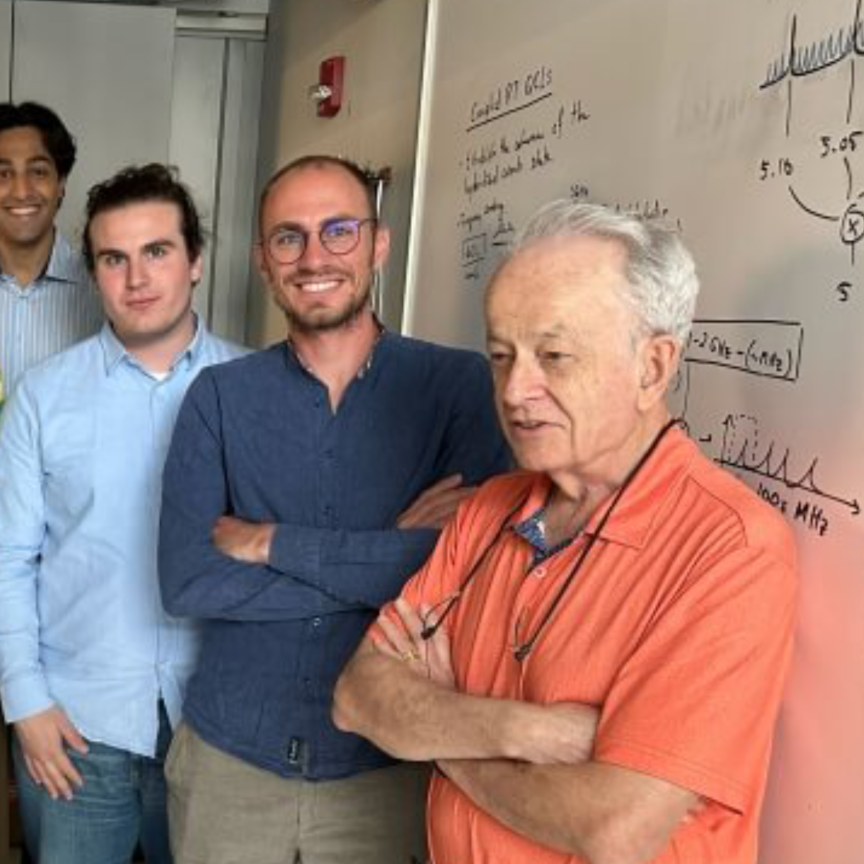A fast and energy-efficient laser writing method has been developed by researchers that could enable CD-sized silca discs to hold 500 terabytes of data.
That’s 10,000 times denser than Blu-Ray optical disc storage technology.
In Optica the researchers describe how their method uses a femtosecond laser to produce high-density nanostructures in silica glass, which can be used for long-term optical data storage.
The data storage is described as being five-dimensional (5D), encompassing two optical dimensions plus three spatial dimensions. It can write at speeds of 1,000,000 voxels per second, which is equivalent to recording about 230 kilobytes of data (over 100 pages of text) per second.
'Individuals and organisations are generating ever-larger datasets, creating the desperate need for more efficient forms of data storage with a high capacity, low energy consumption and long lifetime,' said doctoral researcher Yuhao Lei, from the University of Southampton's Optoelectronics Research Centre (ORC). 'While cloud-based systems are designed more for temporary data, we believe that 5D data storage in glass could be useful for longer-term data storage for national archives, museums, libraries or private organisations.'
5D optical data storage in transparent materials has been demonstrated before (the ORC previously worked with Microsoft Research to develop the technology), however writing data fast enough and with a high enough density for real-world applications has proved challenging. To overcome this hurdle, the researchers used a femtosecond laser with a high repetition rate to create tiny pits containing a single nanolamella-like structure measuring just 500 by 50 nanometres.
Rather than using the femtosecond laser to write directly in the glass, the researchers harnessed the light to produce an optical phenomenon known as near-field enhancement, in which the nanolamella-like structure is created by a few weak light pulses, from an isotropic nanovoid generated by a single pulse microexplosion. Using near-field enhancement to make the nanostructures minimised the thermal damage that has been problematic for other approaches that use high-repetition-rate lasers.
Because the nanostructures are anisotropic, they produce birefringence that can be characterised by the light’s slow axis orientation (4th dimension, corresponding to the orientation of the nanolamella-like structure) and strength of retardance (5th dimension, defined by the size of nanostructure). As data is recorded into the glass, the slow axis orientation and strength of retardance can be controlled by the polarisation and intensity of light, respectively.
'This new approach improves the data writing speed to a practical level, so we can write tens of gigabytes of data in a reasonable time,' said Lei. 'The highly localised, precision nanostructures enable a higher data capacity because more voxels can be written in a unit volume. In addition, using pulsed light reduces the energy needed for writing.'
The researchers used their new method to write five gigabytes of text data onto a silica glass disc about the size of a conventional compact disc with nearly 100 per cent readout accuracy. Each voxel contained four bits of information, and every two voxels corresponded to a text character. With the writing density available from the method, the disc would be able to hold 500 terabytes of data. With upgrades to the system that allow parallel writing, the researchers say it should be feasible to write this amount of data in about 60 days.
'With the current system, we have the ability to preserve terabytes of data, which could be used, for example, to preserve information from a person’s DNA,' said Peter Kazansky, leader of the research team.
He and his colleagues are now working to increase the writing speed of their method and to make the technology usable outside the laboratory. Faster methods for reading the data will also have to be developed for practical data storage applications.
The researchers also anticipate that the new writing method could also be used for fast nanostructuring in transparent materials for applications in 3D integrated optics and microfluidics.
Source: Optica, Paper: Y. Lei, M. Sakakura, L. Wang, Y. Yu, H. Wang, G. Shayeganrad, P. G. Kazansky, “High speed ultrafast laser anisotropic nanostructuring by energy deposition control via near-field enhancement,” Optica, 8, 11, 1365-1371 (2021). DOI: https://doi.org/10.1364/OPTICA.433765.


